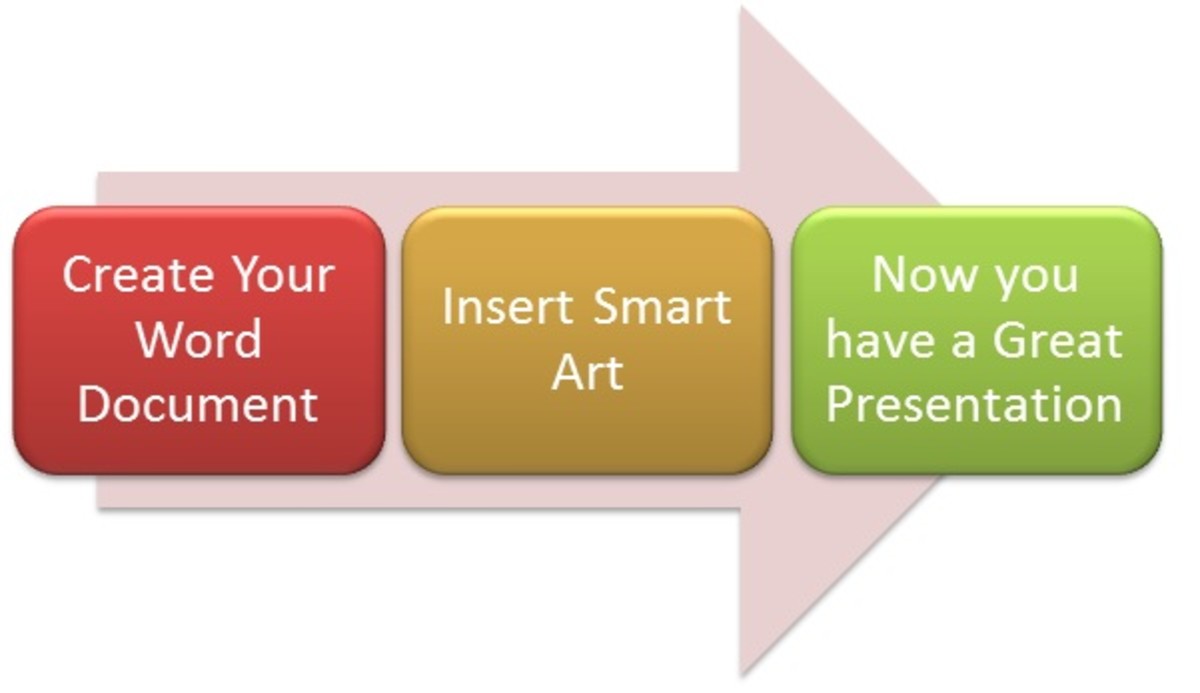Organizing Graphic Design Files and Image Types | A Brief Overview from Graphic Design Schools
When it comes to organizing graphic design files and graphic design in general knowing your file types is just as important as being creative. One of the first things you will be taught in Graphic Design Schools are the following types for graphic images and where to use them. The type image format you use will impact where they can be applied. There are two different types of file formats - vector and bitmap drawing. Bitmaps are the most standard of the formats with each image comprising of individual pixels. Bitmap format are most commonly used with photographs and pictures that require subtle shading.
However the disadvantage with bitmap images occurs when you need to scale up the image, for instance like a billboard. When you scale up the individual pixels become more pronounced, leading to a jagged appearance. Hence the term Pixilated. There is a method to improve this using a technique called “anti-alias” which smoothes out the pixilation slightly; however your result will still be jagged appearance. You can further improve this through increasing the image resolution, the trade off is this is you will be making the file larger and therefore slower to load.
Graphic Design Images

Programs that create and edit these files are most commonly are Adobe Photoshop, Paint Shop Pro and Corel Photo Paint, with file formats consisting of BMP, GIF , JPEG, JPG, PNG, PICT (Macintosh), PCX, TIFF and PSD. The most commonly used of these formats for websites are GIF and JPEG, the former because of the capability to compress files and speed up loading time, the JPEG is useful as it allows a full range of colours.
Vector images are different because they are made up of paths. This makes the images much smoother and clearer. You can scales the image up and it will not lose its quality. True-type fonts are vector to ensure that they lose no quality with changes in size or resolution. It is for this reason that vector drawings are used for page layout and most if not all illustration. Vector is more mathematical and that is why there is no lose of image quality. Abode Illustrator is the most commonly used program and the file formats include .AI, .CNV .CDR
Another vector file benefits is that they're not limited to a rectangular object like bitmaps. Vector objects can be put over other objects, and the object below will show through. If the graphics software you are using can’t read native vector files the best solution would be to save them as an Encapsulated PostScript files or EPS. These are self-contained files which have the same mathematical descriptions as the vector files they came from. EPS files are supported by most all graphics software programs. It is the most portable format for this reason.
Design Books
Hopefully this brief article makes the some what intimidating world of graphic file formats a bit clearer and if your graphic designer is of any quality then as soon as you mention a format you would like they will now know exactly what you are ask for and will be very impressed.









